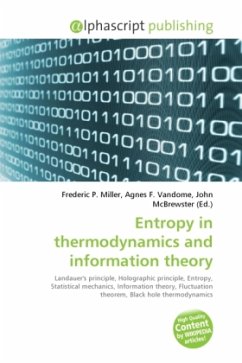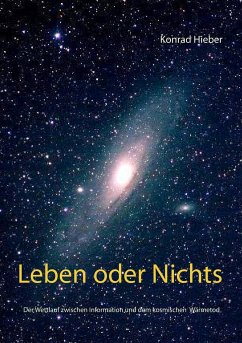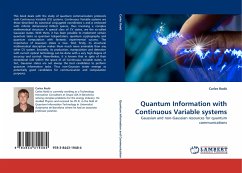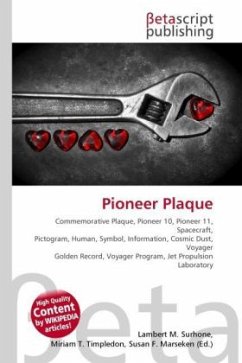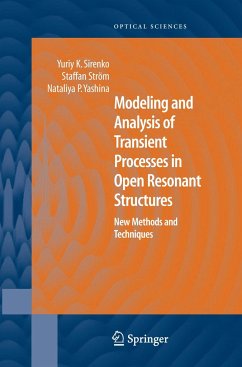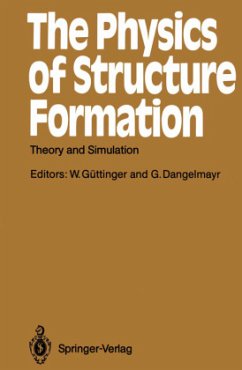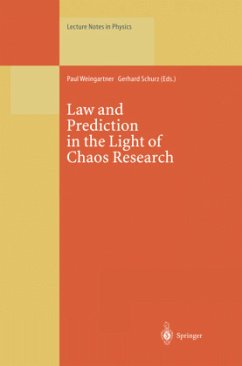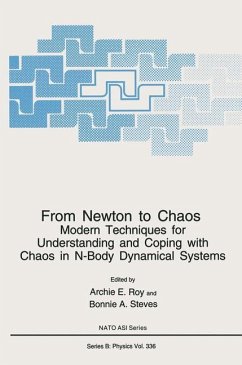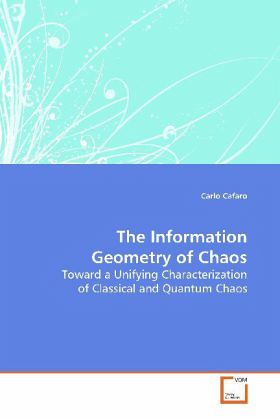
The Information Geometry of Chaos
Toward a Unifying Characterization of Classical andQuantum Chaos
Versandkostenfrei!
Versandfertig in 6-10 Tagen
39,99 €
inkl. MwSt.

PAYBACK Punkte
20 °P sammeln!
In this book, the author presents a new theoreticalinformation-geometric framework (IGAC, InformationGeometrodynamical Approach to Chaos) suitable tocharacterize chaotic dynamical behavior of arbitrarycomplex systems. Special focus is devoted to theconventional Riemannian geometrodynamical approach tochaos and to the Zurek-Paz quantum chaos criterion oflinear entropy growth. The major elements of the IGACand the novel notion of information geometrodynamicalentropy (IGE) are introduced by studying two simplephysical applications. Finally, concluding remarksemphasizing strengths and weak points ...
In this book, the author presents a new theoreticalinformation-geometric framework (IGAC, InformationGeometrodynamical Approach to Chaos) suitable tocharacterize chaotic dynamical behavior of arbitrarycomplex systems. Special focus is devoted to theconventional Riemannian geometrodynamical approach tochaos and to the Zurek-Paz quantum chaos criterion oflinear entropy growth. The major elements of the IGACand the novel notion of information geometrodynamicalentropy (IGE) are introduced by studying two simplephysical applications. Finally, concluding remarksemphasizing strengths and weak points of this novelapproach are presented and possible further researchdirections are addressed. At this stage of itsdevelopment, IGAC remains an ambitious unifyinginformation-geometric theoretical construct for thestudy of chaotic dynamics with several unsolvedproblems. However, based on the author's recentfindings, IGAC already provides an interesting,innovative and potentially powerful way to study andunderstand the very important and challengingproblems of classical and quantum chaos.




